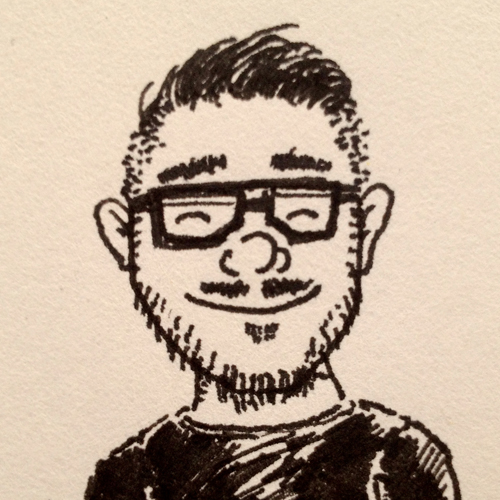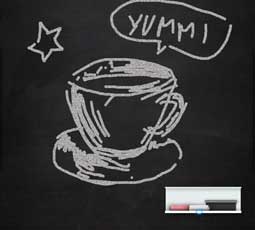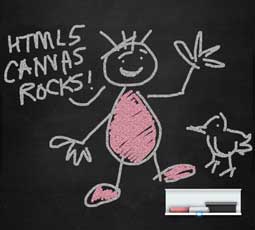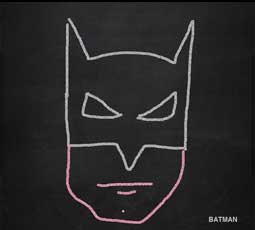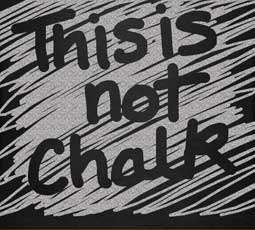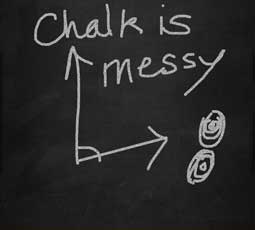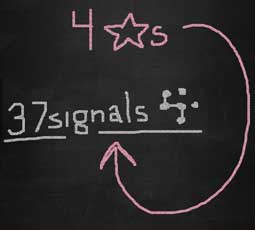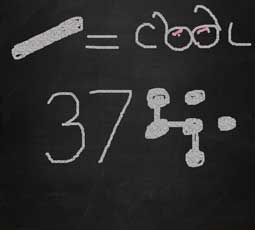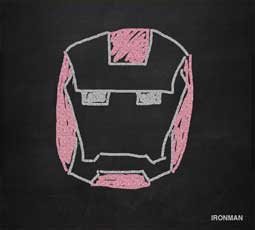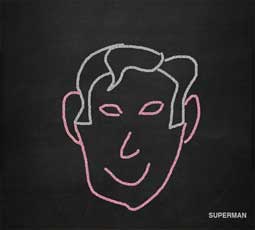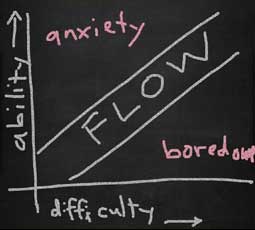This has been five years in the making. We didn’t know it at the time, but ever since we released our second pay product (Backpack) in 2005, we’ve been building up to this moment.
Today we officially release the 37signals Suite. The Suite is a bundle of our four big apps: Basecamp, Highrise, Backpack, and Campfire for one low price (starting at $99/month).
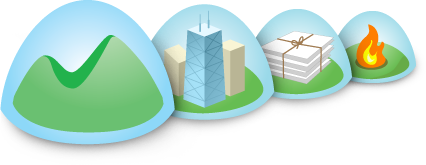
The core benefits
For the initial release of the 37signals Suite, we targeted three key customer requests:
- Big savings over purchasing each app separately. Basically you get four for the price of just about two. Depending on which apps you have, and which plans you are currently on, the savings can be significant.
- Simplified billing. Instead of getting charged separately for multiple apps, you’ll get a single charge from us on your credit card every month. You can update your credit card, upgrade your plan, downgrade your plan, or cancel all from one screen as well.
- Unified users across all your apps. Before the Suite, if you had Basecamp and Highrise, you’d have to create the same users in multiple apps. That was a pain. The Suite shares uses across all the apps. You can create and manage all your users across all your apps from a single screen. Much easier.
The plans
The Suite launches with three plans: Starter at $99/month, Pro at $149/month, and Elite and $249/month. Each plan is well equipped and generously stocked with plenty of file storage, Basecamp projects, Highrise contacts, Backpack pages, and Campfire chatters and conference call minutes.
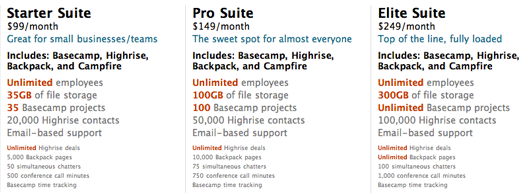
Abolishing the “participation tax”
Basecamp never had a user limit. From the free plan to the most expensive Max plan, you could add an unlimited number of users to your Basecamp account. However, Highrise, Backpack, and Campfire followed the industry-standard “charge per seat/user” model.
We’ve never particularly liked the charge per user model. We call it the participation tax. The more people involved, the more you pay. That’s not the best way to encourage collaboration.
So with the launch of the Suite, we’ve abolished user limits on all our apps. When you upgrade to the Suite you get unlimited users on Basecamp, Highrise, Backpack, and Campfire. Invite all your employees/collaborators to your account and get work done without having to think about cost-per-user.
How to get the Suite
Currently the 37signals Suite is only available for people who already own a Basecamp, Highrise, Backpack, or Campfire account. If you own any one of these apps you can upgrade to the Suite in less than 60 seconds. We will be offering the ability to sign up for the Suite from scratch down the road, but we just don’t know when yet. Note: If you don’t own one of our products yet, and you’d like to purchase the Suite, just sign up for Basecamp, Highrise, Backpack, or Campfire and then follow the upgrade instructions above.
The team
We’ve been working on the tech and design to make this all work smoothly for many months. It may look simple from the outside, but it involved ripping out and reworking huge chunks of code in every app. We wanted to do this carefully, thoughtfully, and properly. We’re really happy with the results.
Credit for this project goes to Ryan, Jeff, Pratik, and Jamis. These guys were the core contributors to the project. Lots of other people were involved too. Jason Z and Jamie D made everything look great, and the whole sys admin crew (Taylor, Joshua, and John) made sure the team had everything they needed. Sarah, Michael, and Jason in support have been helping customers with any questions that have come up. Incredible teamwork from everyone.
The start of something great
Today the Suite saves people money, simplifies billing and account management, and unifies users across all the products. But that’s just the beginning. We have a lot of ideas for how to make the Suite even better. Stay tuned as we continue to improve.
Thanks for listening. We hope to see you on the Suite!
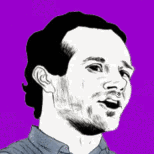

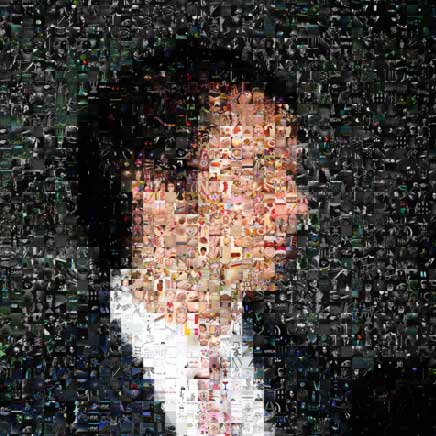
 We’re teaming up with
We’re teaming up with 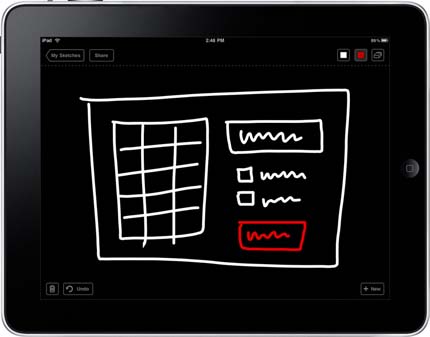
 The overwhelming way: Head down forever and hope there will be a big payoff at the end.
The overwhelming way: Head down forever and hope there will be a big payoff at the end.